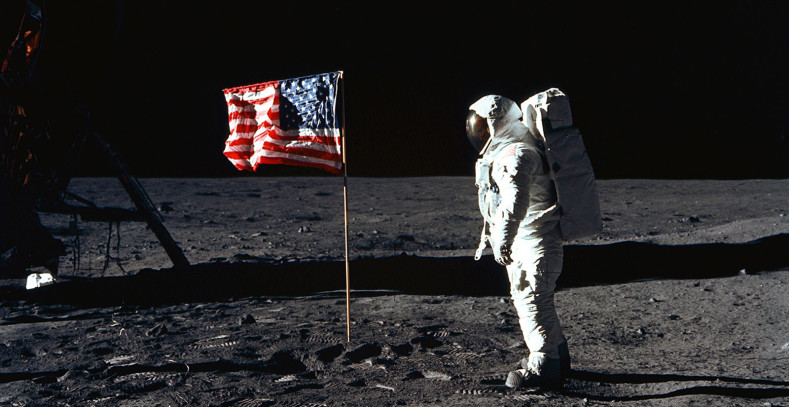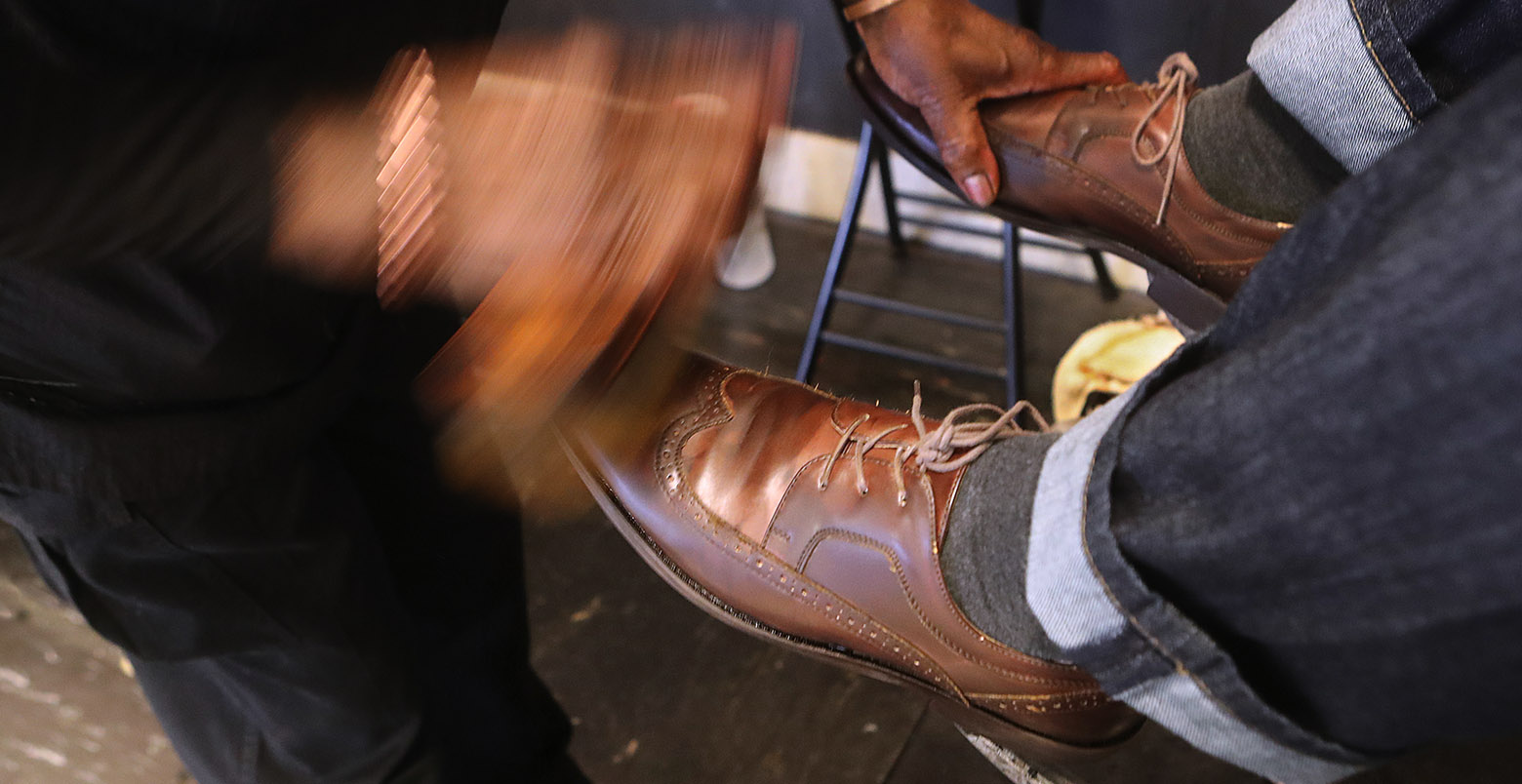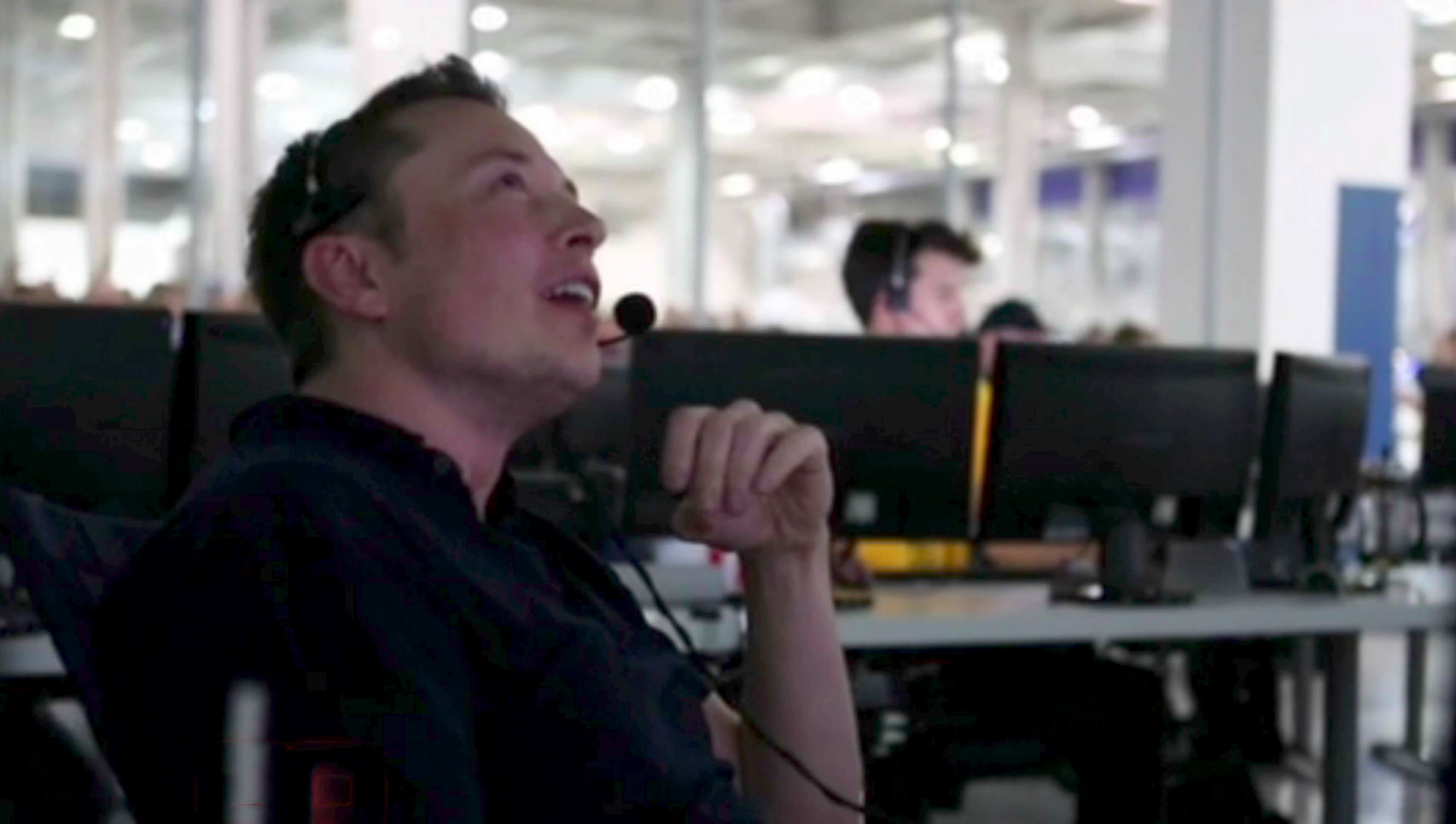As Americans we are takers. And that’s not a statement of condemnation, it just is. And it’s not really our fault because we got started on a taking trajectory. It’s actually simple physics. Objects in rest and motion will continue in that direction until enacted upon by an outside force. So when this country started, we came here and saw Indians, and we took their land and we built. And then when the railroad came through and we realized that we needed to go through where there were communities, we took those communities. And when we needed more people to help us build the country, we took people from other countries and used them. Even when we went to the moon, we did not declare it a victory for our planet, we called it ours. So we took the moon. We haven’t really done anything with it or don’t know if we will do anything with it, but just so everybody knows, it’s ours.

We’ve built an entire society on taking and we are incentivized to take because the largest takers get the highest levels of status in our culture, so we are incentivized to take. Now, that’s not to say that we don’t give; we have. In fact, in the last hundred years, we figured out that giving is an important part of taking, and there are a lot of givers. It’s just that our giving hasn’t quite caught up with our taking yet. If we were to graph out taking and giving, clearly taking would still be way, way higher than the amount of giving that we do. And it’s ironic because endemic in our language is the term “give and take,” how come it’s not “take and give?” That seems to be our path, because most of the time we don’t give back until we take.
Andrew Carnegie did not build Carnegie Hall until he had taken quite a bit. The Gates Foundation is a giver because of all the taking that they did. Well, of course, naturally you have to take first because if you don’t take something then you have nothing to give, right? Maybe not. It’s sort of like the guy who keeps dating the same type of girl over and over and over again and complains why he can’t find love. Perhaps we’ve gotten so used to taking and then giving that that’s the way that we only see it.
In my process in working with companies and branding them, the first thing that I do is help them unlock the way that they have looked at their company. In other words, I don’t ask what you do for a living; I ask, what is your company all about? – which is a much more complicated question. For instance, if I would ask a flower shop owner, “What is your company all about?” his first answer is, “We sell flowers.” “But, no, no, no, that’s what your company does. What is your company all about?” And after working with him, we might uncover something like the death of a friend’s mother when he was a little boy and watching the flowers being delivered to the home and bringing some level of joy and color to a very, very dark place, and perhaps it got inside of him that, “Oh, flowers have this magical property to bring color to someone’s world.”
And so his brand isn’t really about selling flowers, his brand is about bringing color to the world – which is very, very different than selling flowers. And it helps him on his business trajectory, because if his best client is somebody who wants to bring color to the world, then that really changes the way that he thinks about his company. In other words, he stops going after the type of customer like the guy who forgot his wife’s anniversary and in the last second buys a dozen roses. That’s not really bringing color to someone’s world, that’s covering your ass.
So, with that brand model, he has put himself on a trajectory of giving before taking. In other words, when a potential customer comes in, say, a wedding, he would have a program of figuring out the best flowers for them to use, create a list and create the systems for how the flowers would be set up. He would then give that customer that piece of paper that they could go online, they could go to another flower shop or they could work with him. But it’s a tremendous amount of faith to give before he takes, to offer value way before the sale.
And that’s my style of marketing, and that’s what I want to bring to the world – giving before taking. When I sit down with a potential client, I tell them that, “You will walk away with at least five new ideas about how to promote your company, so even if we never work together you’ve had value from our interaction.” I give before I take.
And I’m not the only one doing this. There’s a company called The Panera Bread Corporation, a sandwich and bakery shop that started in St. Louis, Missouri that came up with a great idea: pay what you feel the meal is worth. Now, they haven’t quite worked it out where you can eat the food first and then pay before you leave, but they’re getting close to giving before taking, because it’s the same mindset. It’s a level of faith. It’s a belief that we will be okay by releasing the control of our taking. What we haven’t learned in over 200 years is faith; faith that if we give first we will be given back to, that we don’t have to take, that giving comes naturally after someone is given to.
So I’m pushing a new model. Instead of give and take, it’s give and give back, a give-and-give-back model. Now, how would a give-and-give-back model work? Certainly, if you pulled up to an Exxon Mobil station, what are they going to say? “Go ahead and fill up your tank, drive around for a while, then come back and let us know what you feel the value of our tankful of gas was.” A pretty good idea from my perspective, but how much luck do you think I’m going to have selling that to the oil companies? In fact, the entire oil business is founded on the principle of taking. Certainly, there’s not a lot they can give back once they pull all the fossil fuel out of the ground. In fact, there’s probably nothing left to give back.
So again, I don’t blame them. I don’t think it’s their fault. It’s trajectory. It’s physics. It’s a company; it’s an industry that was based on the concept of taking, so they’re probably going to be one of the last ones to the party. Instead, I focus my efforts on companies who can weave in the giving-before-taking model into their business system a lot easier.
Now, let me tell you how I know this works. For 15 years, I’ve been in the personal development world, and for a number of years I flew around the country teaching personal growth courses, these very intense weekends of helping people recognize the things they do in their lives that keep them from the things that they want. In other words, we all have wants and hopes and dreams, and the reason that we don’t pursue that is largely based on the blocks that we create, the belief systems that we create. And most of those belief systems could be boiled down to taking before giving.
There are a lot of people that came through that course who were struggling in their relationships, and overall what I found the struggles were about where they didn’t feel fulfilled. Their partner in essence wasn’t giving them what they wanted. And it’s what we all want, love on our own terms. But what they didn’t recognize was it was okay to give their partner what they wanted, and the immediate response was, “What about me?”
For instance, let’s say you are married and your husband says that he wants dinner on the table the moment he comes home from work your first reaction may be “What about my feelings? What about my needs? What about the things I’m doing?” And my response to you would be, “Well, have you tried giving him what he wants?” And your reaction may be, “No, of course not, because if I give him dinner the moment he comes home, what’s the next thing he’s going to want and the next thing he’s going to want and the next thing he’s going to want? And I’ll never get my needs filled.” I’d say, “Wait, all he asked for was dinner. Have you tried that?” And the response I usually get is, “No, no, no, Dan, you don’t understand. This guy’s a taker. He’ll just keep taking.”
So after working with them, we get them to begrudgingly agree to doing the thing that their partner wants just as an experiment, just to see what happens, and 9 times out of 10 I’d hear back from them, “Things are so great. All he wanted was dinner on the table when he got home from work. Our relationship is a lot better now. I’m getting so much of what I wanted. Wow! Giving gets you what you want.”
So it’s true at the bottom, base, foundation of our culture, our relationships, when we give, we get. When we give things that other people want, they give us back something. So if it’s true with the foundation of our culture, then it’s got to be true as we go up the ladder, as those relationships turn into businesses, and then companies and corporations. If it works at the foundation level, then it’s got to work at the upper levels too.
So when I work with companies, I work on the principle of giving. What can you give that will create that positive psychic energy that will make your customers want to give back? And there’s a lot of pushback with this because just like the people in the relationships, “Wait, wait, wait, if I give to my customers, they’re just going to take and take and take and I’ll never have something for me.” Have you tried? “No, you don’t understand. We’re operating on a razor-thin budget. If I don’t do it this way, I’ll never have anything.” “Have you tried?” “Well, no, but…” “Would you try?” “Okay.”
You see, when I start working with a new client, I have what I call my branding session, which is basically my personal development technology applied to business. It’s a very powerful session, usually three or four hours, where 9 times out of 10, the person I’m working with ends up bursting into tears, because I help them find something inside of them, that spark, that thing that got them into business in the first place.
And at the base of it all, at the bottom, when I ask them what their business is really all about, the answer always boils down to the same thing. “I want to help people.” Whether it’s CPAs or flower shops or tire stores or e-commerce companies, they want to help people. For more info contact MaidThis here. They got into the business because they found that it would be the easiest conduit to being in service to others.
And I think that’s endemic in our DNA, because we are a social species, we have to be connected to others. We have to or we die. We have to have connections, and it is endemic in that to be in service to others. We just get lost along the way.
See, I believe that business is the best place for us to learn about ourselves, because the things that we won’t do for ourselves we will do in business. Why? Because there’s a paycheck at the end of it. I would fly into cities and teach this course and come back a year later, and the people I had talked with would still be struggling with the same things. However, I do the same work with people in their business and they’re much more willing to take risks, to try things, to do things differently, because there’s a paycheck at the end of it. I have no qualms about that. It’s the ultimate piece of cheese in the rat maze.
So, to wrap this all up, if we are a species that wants to give, and if we find greater happiness in relationships through giving, then certainly we can find greater profits in our business by giving before we take and the model of giving can be so easy; just understand what you do and give part of that away. The easiest, the best way, the first way is by giving away knowledge, the thing that you know, because the thing that you know that’s so obvious to you is complete new technology to the people who first start doing business with your company. So by giving away a part of your knowledge, you’re creating a tremendous amount of positive click this site.
And yes, some people are going to take that knowledge and find the lowest price in which to apply that knowledge, but you will find, more and more, the more giving that you do, the more goodwill you create, that creates a vortex of compassion and a certain sense about your business that will draw your customers to you, that in giving, the giveback will be monumental.
















